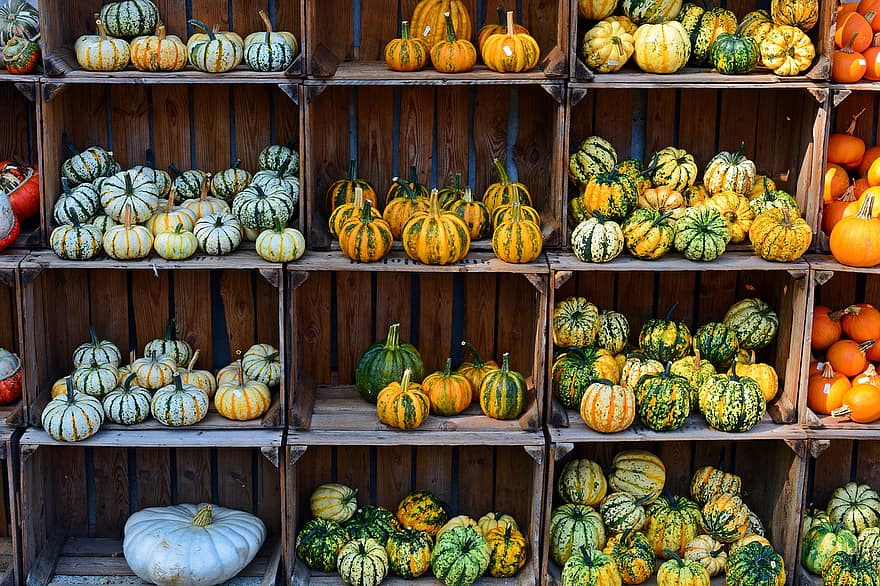November 30, 2022 at 12:27 am,
No comments

Pumpkin has taken a steady place in every garden over many years, and it seems you can sow and forget about him, but if you want a good crop, big pumpkins, it's worth paying a little attention to it.
Given the size of the pumpkin plant, it's worth predicting a special spot for it. It can become a great decor in any garden, covering some ugly places. Pumpkin loves compost a lot, so it's worth paddling about the pumpkin's growth site the year before, where you can pour the mown grass into your planned planting site.
While growing up, pumpkins love weed slurry, sunny space and proportional humidity.
The pumpkin needs to be roasted if the long grass needs to be trimmed a little so that the big leaves get the upper hand over the grass, and then the limp pumpkin can just be itself.
In hot weather, pumpkin leaves tend to wilt, then they need to be roughed up or sprayed with calcium nitrate liquid until the leaves are wilted. The ratio is 100 gr per 10l.
For the pumpkins to mature better on the field, varieties that grow spinning and form a large green mass are worth limiting growth to mature the fruit. Mature fruit is stored much better and longer. Small libs are allowed to form up to 8 libs per plant, 4 to 5 fruits for large-fruit libs respectively. Then, once they've made the First 5 leaves, the tip is worth cutting off so that side shoots form, on which pumpkin will throw much better.
If there is a desire to grow pumpkin seeds for themselves, it's worth remembering that pumpkins flower very easily. So before the flowers have opened, they are bound with thread or gauze so that bees do not enter the flowers. Pollinate in your own hand, then bind the flower again. It is removed only when the Auglite has already thrown away.
If there is a desire to grow a pumpkin, you have to grow it from a Stadina. Auglites, you have to be allowed to grow up, and then you leave just the biggest one.
Pumpkins are stored in lOK ventilated areas or boxes with gaps, in any case ventilation plays a big part. Blowing caps for the pumpkin already occur in the field. This can be changed by using microbiological agents during cultivation.
In a hot summer, if the pumpkin lacks moisture, there is no thick rind and a crippling fruit and a lack of sweetness.
